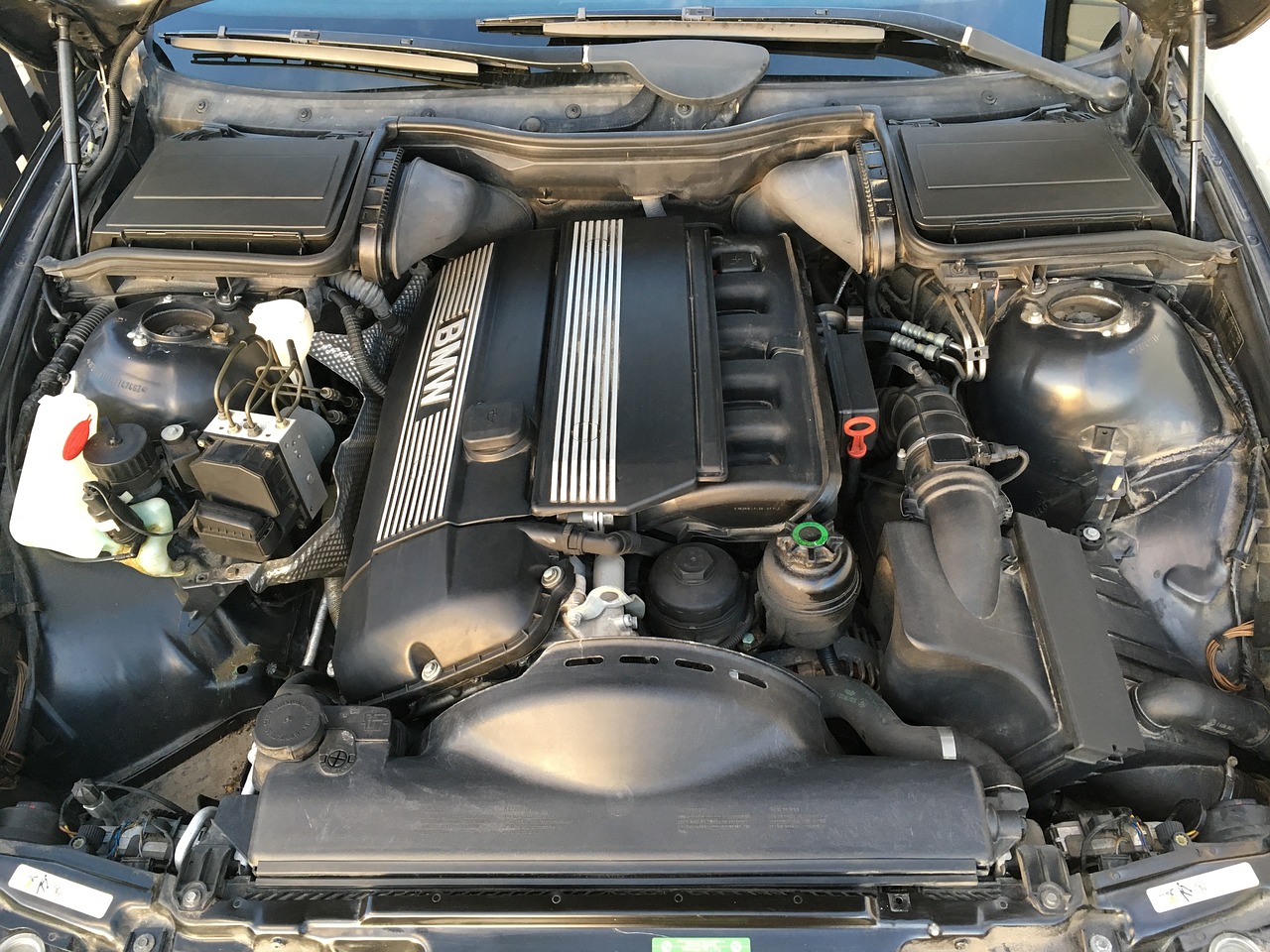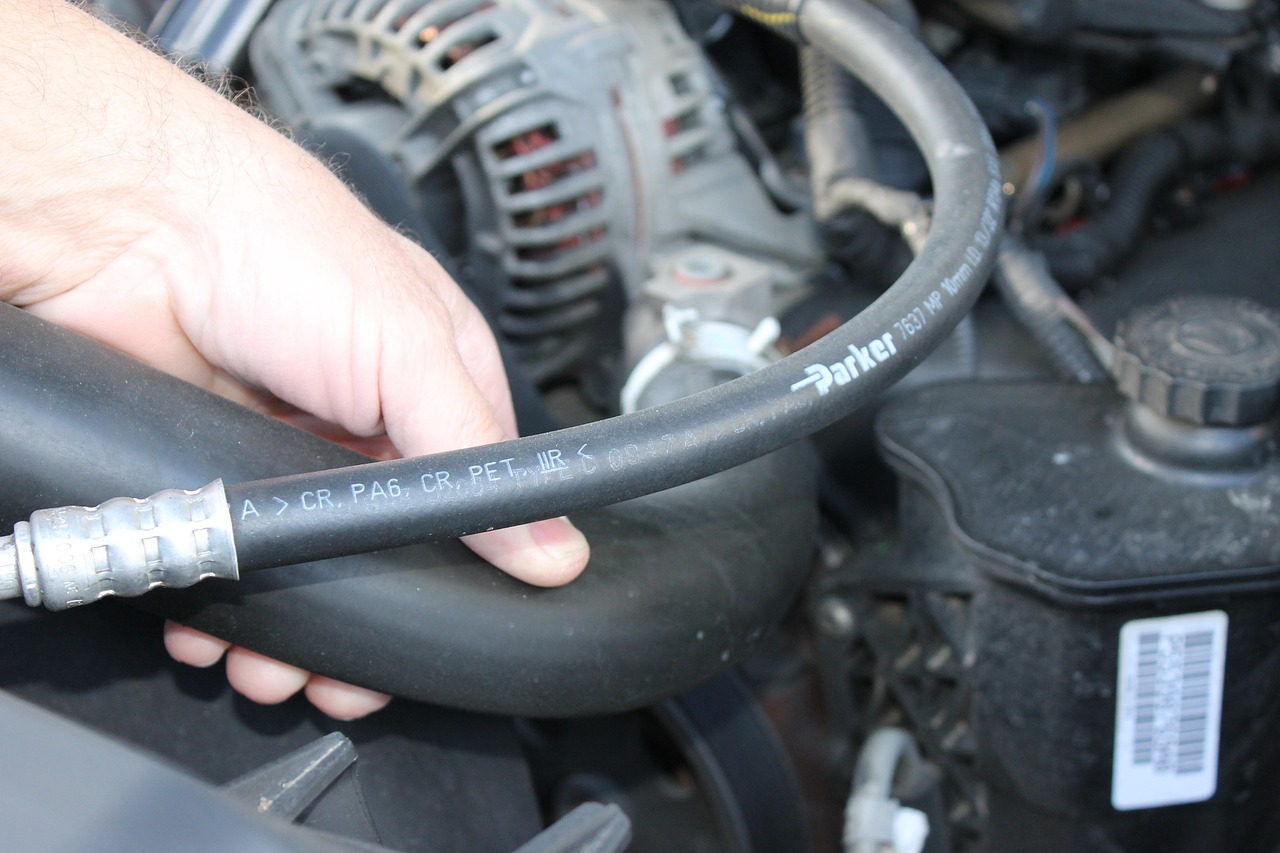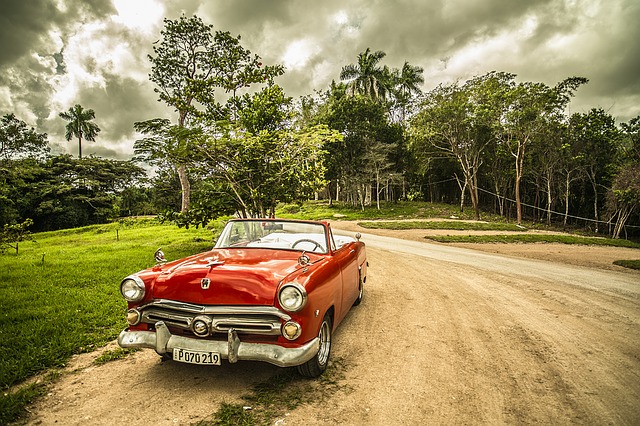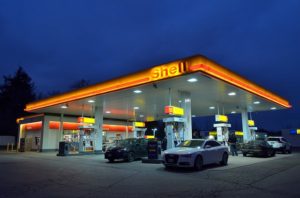Bird poop is one of the main causes of car paint damage. Bird droppings have a high uric acid content that corrodes the exterior of cars. Dried bird poop has a pH of about three and peels away bleach paint and clearcoats, leaving funny etchings on the car even after washing. If you cannot get a bird poop remover for cars, below are some of the ways to clean bird poop to prevent this damage.
Baking Soda
One of the most common solutions to bird poop on cars is baking soda. A mixture of dish soap, baking soda, and hot water can be used to remove bird poop by spraying from a spray bottle on the dropping. You then leave it for ten minutes to soak, and the droppings will be cleared. Rinse repeated with a hose to get your car back in good condition.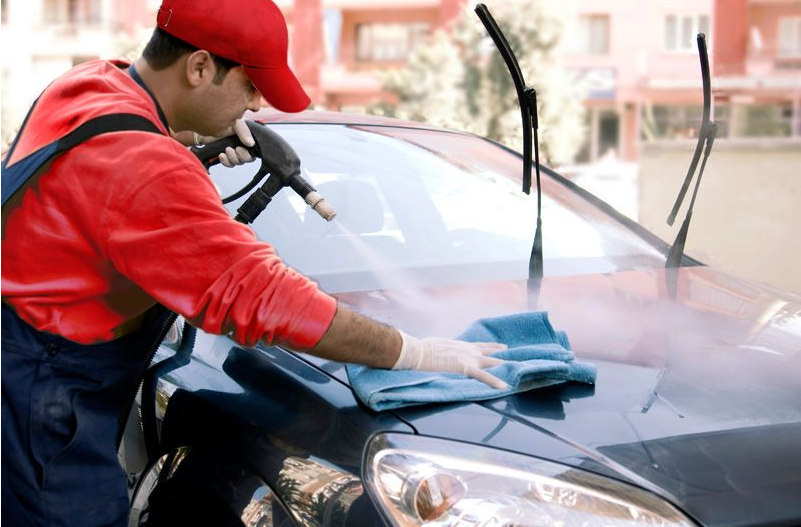
Seltzer Water
Using a microfiber cloth and seltzer water is another way of easily eliminating semi-fresh bird poop from your car. This combination from seltzer water helps in breaking down the natural acidic qualities of the poop. Splash seltzer water on the droppings and let it rest for a short while, then wipe it away with the microfiber. You, however, need to note that sugary or carbonated sodas cannot be used as an alternative since they will leave behind sticky residue all over the car.
Car Detailing Spray
The best way of dealing with etched-in bird poop is by using a cleaner designed specifically to clean etched-in bird poop. You can hit two birds with one stone by cleaning your car using detailing spray. Put some spritzes of the spray on the droppings to entirely dissolve the stain, then using a damp cloth, clean the area before rinsing with a hose. Such products can restore coatings when thoroughly polished with a clay bar. Ask any car dealer in your area for recommendations on quality auto detailing spray.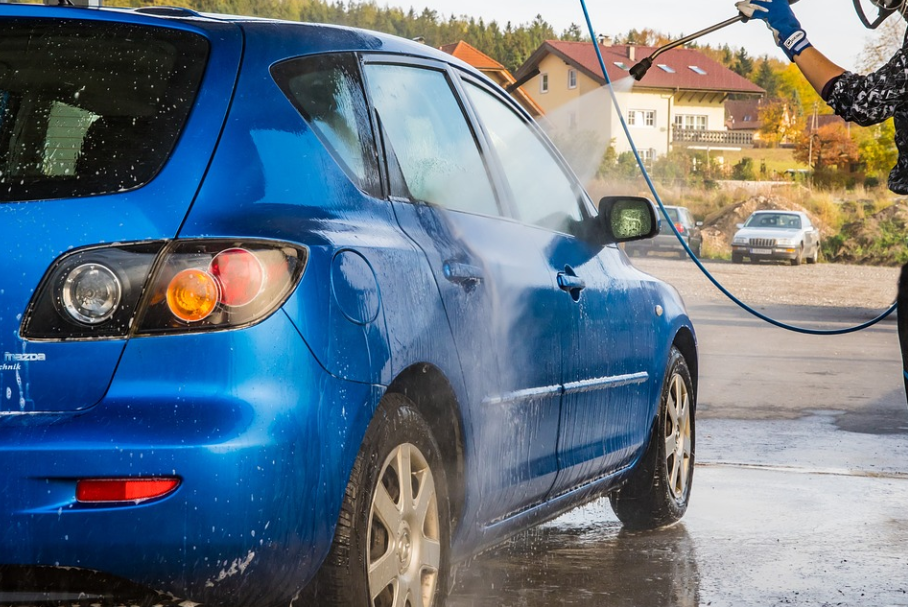
WD-40
Multipurpose WD-40 spray can also be used in cleaning off bird poop. It loosens the dry droppings and enables you to remove the stains with just a wipe or rinse from a hose. In case there are some stubborn markings still remaining, reapply the WD-40 and repeat the process until your car is well cleaned.
When it comes to dealing with bird poop on your car, these are some of the ways you can do away with the droppings. It is important to ensure you remove the droppings as early as possible since it is easier to remove them while they are still fresh.

